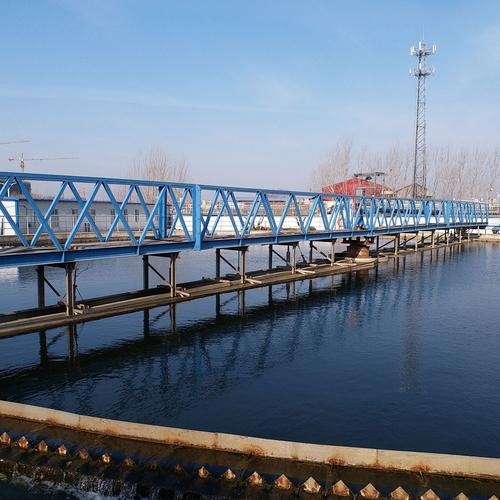
What is the process for Sludge treatment?
The sludge treatment process mainly includes four core links: concentration, stabilization, dehydration and final disposal. Resource utilization is achieved through reduction, stabilization and harmless treatment. 1. Concentration: Reduce the moisture content of sludge from more than 95% to 90%-93% through gravity concentration or mechanical concentration, and reduce the volume by



